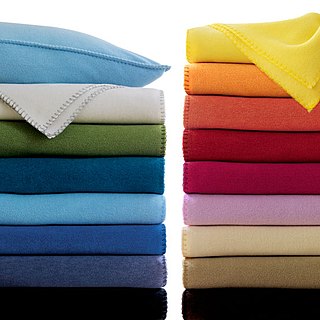Fleece may refer to:
Fleece may refer to:
Band or BAND may refer to:
Web most often refers to:

Wool is the textile fibre obtained from sheep and other mammals, especially goats, rabbits, and camelids. The term may also refer to inorganic materials, such as mineral wool and glass wool, that have properties similar to animal wool.
Castor most commonly refers to:
Polar may refer to:
A sack usually refers to a rectangular-shaped bag.
Elastic is a word often used to describe or identify certain types of elastomer, elastic used in garments or stretchable fabrics.
Check or cheque, may refer to:
Shag, or Shagged, or Shagger, or Shagging, or Shags may refer to:
A stain is an unwanted localized discoloration, often in fabrics or textiles.
Heather may refer to:
A drill is a tool or machine for cutting holes in a material.
Pile or Piles may refer to:
Mood may refer to:

Polar fleece is a soft napped insulating fabric made from polyester.
Glider may refer to:
Smokie may refer to:
The Golden Fleece is an element of Greek mythology.

Alpaca fleece is the natural fiber harvested from an alpaca. There are two different types of alpaca fleece. The most common fleece type comes from a Huacaya. Huacaya fiber grows and looks similar to sheep wool in that the animal looks "fluffy". The second type of alpaca is Suri and makes up less than 10% of the South American alpaca population. Suri fiber is more similar to natural silk and hangs off the body in locks that have a dreadlock appearance. While both fibers can be used in the worsted milling process using light weight yarn or thread, Huacaya fiber can also be used in a woolen process and spun into various weight yarns. It is a soft, durable, luxurious and silky natural fiber.
Textile manufacturing is one of the oldest human activities. The oldest known textiles date back to about 5000 B.C. In order to make textiles, the first requirement is a source of fibre from which a yarn can be made, primarily by spinning. The yarn is processed by knitting or weaving to create cloth. The machine used for weaving is the loom. Cloth is finished by what are described as wet process to become fabric. The fabric may be dyed, printed or decorated by embroidering with coloured yarns.